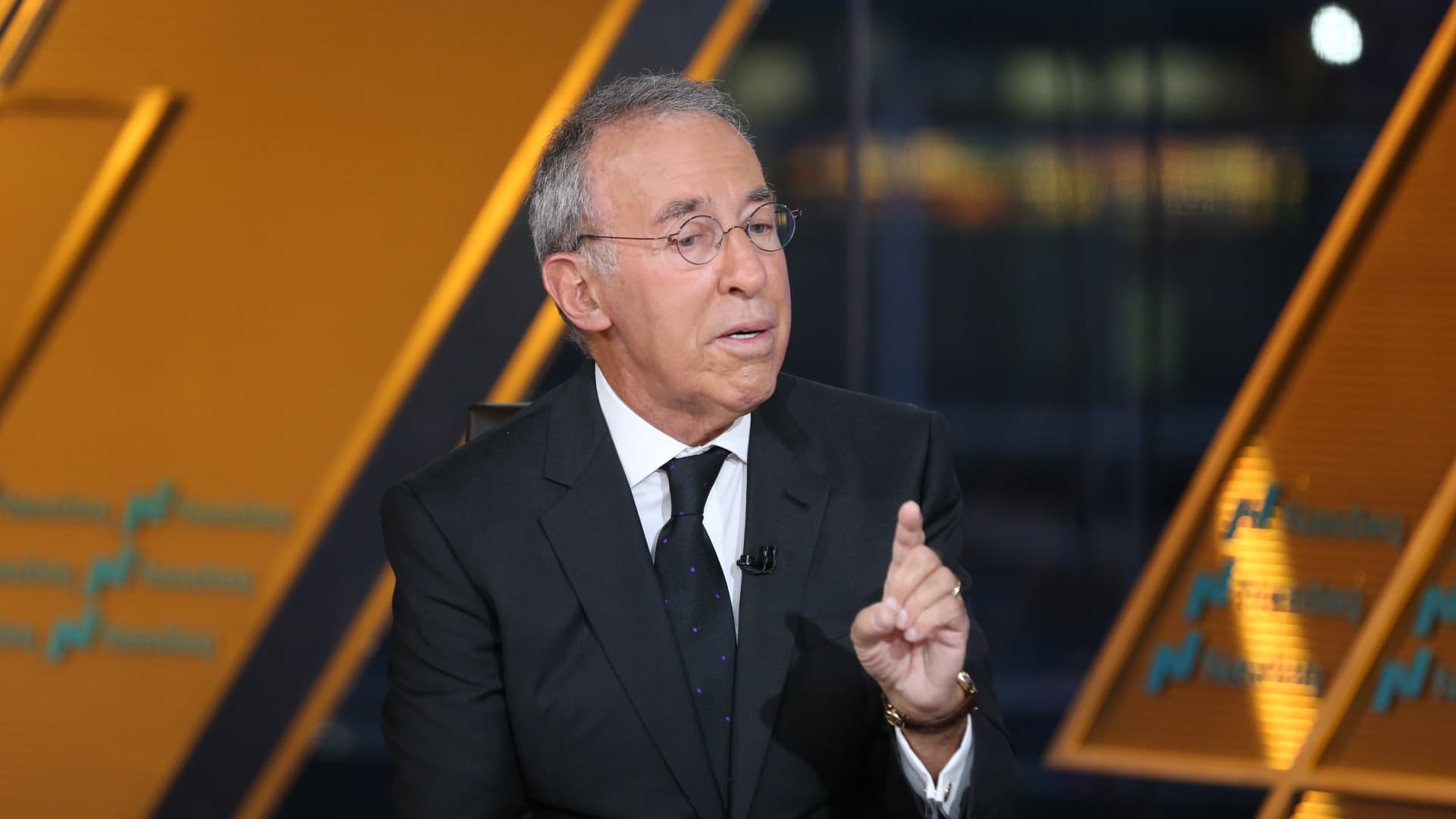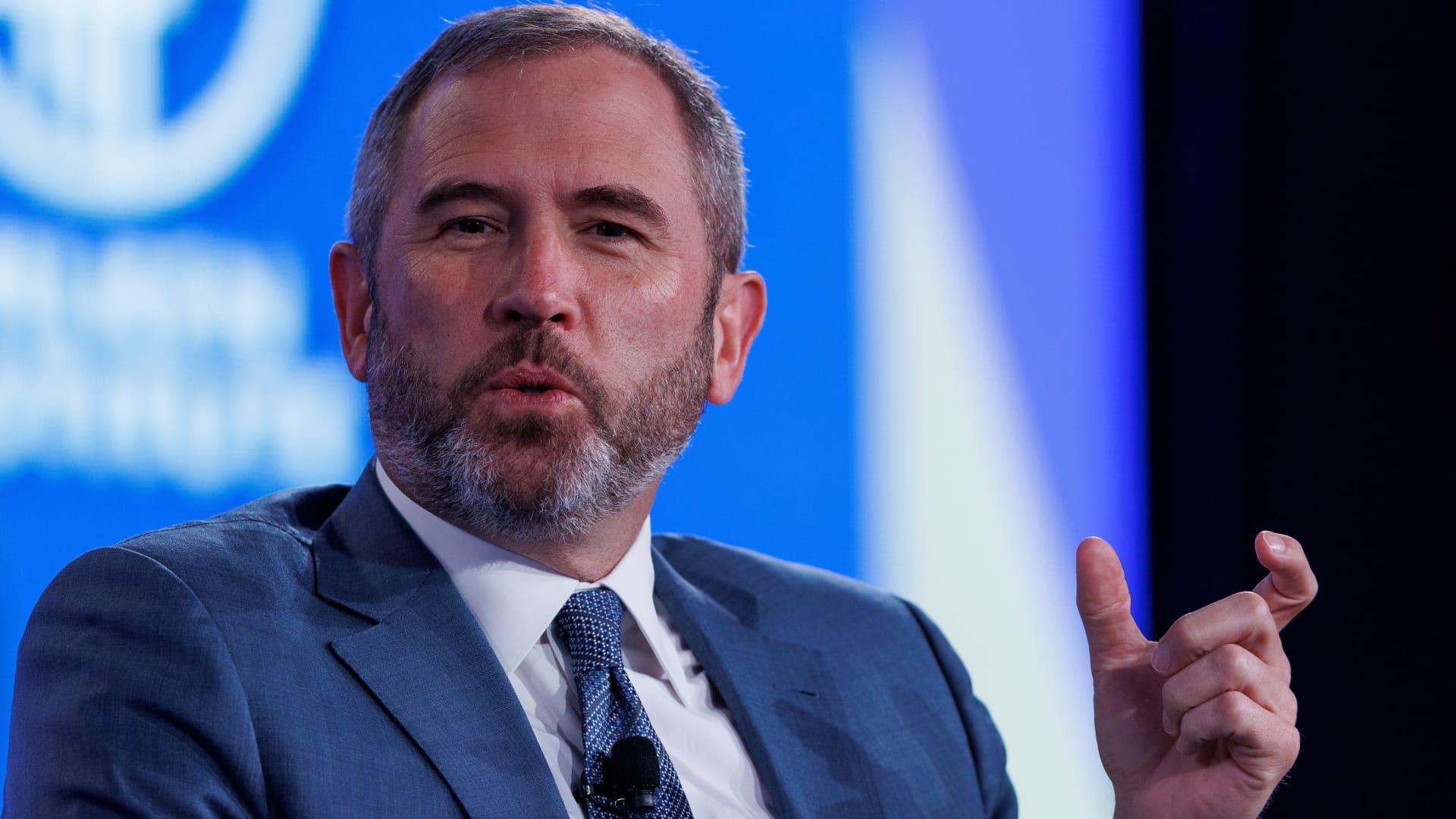EV Stocks Face-Off: TSLA vs. RIVN vs. ARVL

The three EV stocks: Tesla (NASDAQ:TSLA), Rivian (NASDAQ:RIVN), and Arrival (NASDAQ:ARVL), all have developed electric vehicles that end users have found highly appealing, and all three are effectively using technical innovations to enhance their EVs and manufacture them more efficiently. TSLA, largely thanks to the foresight and innovation of CEO Elon Musk, has become highly successful, and it’s now clear that the company will continue growing very rapidly while remaining one of the sector’s most profitable companies for the foreseeable future. But I believe that RIVN and ARVL will likely also survive and thrive over the long term.
Consequently, the shares of TSLA, RIVN, and ARVL are all worth buying. But since each poses very different levels of risk and their potential rewards vary greatly, investors should decide which of the EV stocks to buy and how much of each to purchase based on their own risk tolerance and investment styles.
In the sections below, I’ll evaluate each of the EV stocks’ risk-reward ratios and explain why I believe that all three EV stocks will ultimately reward investors.
| Ticker | Company | Price |
| TSLA | Tesla | $177.90 |
| RIVN | Rivian | $19.83 |
| ARVL | Arrival | $0.41 |
Tesla (TSLA)
Heading into the unveiling of Tesla’s fourth-quarter earnings results on Jan. 25, many on the Street thought that the demand for the company’s EVs was dropping a great deal. Prompted by Tesla’s price cuts and Musk’s controversial, free-speech approach at Twitter, those fears turned out to be completely unfounded.
Indeed, after the automaker reported stronger-than-expected fourth-quarter results on Jan. 25 that featured a 59% year-over-year jump in its net income and a slight increase in its net operating margin, it’s evident that Tesla’s profitability is actually surging. Meanwhile, on the demand front, its Automotive revenues and its total sales both soared 51% YOY.
And addressing the fears about the demand for Tesla’s EVs, Musk said, “Demand far exceeds production, and we actually are making some small price increases as a result,” He also stated that the company’s demand this month had reached record levels.
Further, the firm’s CFO, Zachary Kirkhorn, indicated that Tesla had cut its prices in the U.S. primarily to make more of its EVs eligible for the country’s new EV tax credits. And Musk noted that TSLA’s production costs at its Berlin and Austin factories were dropping as their production rates increased.
Also, in line with my predictions, TSLA is generating significant sales from its autonomous-driving software and its Supercharger network. And worth noting is that the revenue generated by its energy storage products reached record levels last quarter. These offerings are helping to diversify the company’s sales and boost its margins.
Meanwhile, the company continues enhancing its EVs with multiple new software releases. For example, last quarter, it started enabling videoconferencing through its touchscreen and allowing drivers to view their EVs’ interior cameras using their mobile phones. Finally, as I’ve pointed out in previous columns, its new, full-size truck looks poised to be very successful.
The bottom line is that Tesla’s brand, growth, and profitability remain extremely strong, leaving the firm well-positioned to continue posting robust financial results for the foreseeable future. As a result, TSLA stock poses minimal risk, and I expect the shares to climb significantly in the coming months and years.
At the same time, however, the market capitalization of TSLA stock already exceeds $500 billion, and the automaker is facing growing competition. Therefore, the shares are likely to jump at most 100% over the next two or three years.
Consequently, TSLA is the best among the three EV stocks for more conservative investors.
Rivian (RIVN)
For several reasons, Rivian is very well-positioned. Because of the automaker’s focus on making delivery vans, it faces much less competition than other EV start-ups like Lucid (NASDAQ:LCID) and Fisker (NYSE:FSR). That’s simply because so many more EV makers are focusing on the consumer luxury EV market than on developing EVs for companies.
Also boosting Rivian’s prospects is its association with Amazon (NASDAQ:AMZN). Specifically, the e-commerce giant has ordered 100,000 of RIVN’s delivery vans and invested over $1.3 billion in RIVN. As a result, AMZN is likely to use its (quite) considerable power, influence, and funds to ensure that Rivian succeeds.
Another influential backer of Rivian is George Soros, the multi-billionaire investor, who owned 16.36 million shares of RIVN as of Sept. 30. Given Soros’ tremendous influence within the Democratic Party, he’s likely to help the automaker obtain government contracts and other favors from Washington and the governments of blue states.
And providing Rivian with another important, positive catalyst, the automaker’s flagship consumer EV, its R1T pickup truck, has received superb reviews from important publications that focus on automobiles. For example, Motor Trend named the R1T its Truck of the Year for 2022, while the driver gave the EV a perfect 10 out of 10 ratings.
And like Tesla, Rivian constantly uses software updates to enhance its EVs.
Mitigating the risk posed by RIVN stock, Rivian successfully produced over 24,000 EVs and delivered more than 20,000 of them last year.
But on the other hand, the market capitalization of RIVN stock is relatively low (compared to Tesla, for example) $16 billion. Given Rivian’s huge potential and the fact that its market capitalization does not anticipate a great deal of success for the automaker, the shares could easily soar from 300% to 500% over the next two or three years.
In light of Rivian’s current situation and outlook, I think that RIVN is best suited for investors whose level of risk tolerance is best described as “medium.”
Arrival (ARVL)
Not one, but two huge companies have expressed interest in Arrival’s EVs, while a major automaker and a large delivery company have invested some money in ARVL.
UPS (NYSE:UPS), the large American package-delivery company, ordered 10,000 electric vans from Arrival and invested in the EV startup. It did not reveal the amount of money that it provided to ARVL.
Meanwhile, in a project that has since been out on hold, Uber (NYSE:UBER) and Arrival agreed to collaborate on developing a new ride-hailing EV called the Arrival Car. Finally, the huge South Korean automaker, Hyundai, invested 85.6 million euros in ARVL.
The investments in Arrival and the major, impressive partnerships that it has launched validate the attractiveness of its technology and its EV designs. Also showing that the company knows what it’s doing, its electric van and bus both received certification from the EU last year, and the company began testing its electric van on the UK’s public roads last year.
Meanwhile, FleetOwner explained that:
Arrival’s core components are very modular, meaning they all plug-and-play and fit within the 10 by 10 skateboard style design grid. This approach empowers robotic assembly. A lot of the core components also crossover throughout Arrival’s vehicle portfolio resulting in standardization crucial to keeping long term ownership and maintenance costs low.
Using an intriguing approach to manufacturing, ARVL plans to keep its production costs very low by using many robots and building many comparatively small factories.
Like Rivian, ARVL should benefit from its powerful partnerships and its focus on commercial EVs, which should enable it to face much less competition than consumer EV makers.
Arrival, however, needs to raise more money to accomplish its medium-term goals and is currently looking to raise additional funds. Compounding the uncertainty posed by ARVl, the company, in order to take advantage of America’s EV tax credits, has largely abandoned its UK factory and is focusing on making EVs in Charlotte, North Carolina. However, its Charlotte factory won’t be ready to produce EVs until next year.
Nonetheless, given the strength of the company’s technology and partnerships, I believe ARVL will succeed.
Moreover, the market capitalization of ARVL stock is just $250 million. As a result, this stock could easily jump 10 times to 15 times over the next two or three years as ARVL gets back on its feet and proves its skeptics wrong.
On the other hand, given the company’s current search for cash, it is quite risky and only suitable for companies with high amounts of risk tolerance.
On the date of publication, Larry Ramer held long positions in TSLA, RIVN, and ARVL . The opinions expressed in this article are those of the writer, subject to the InvestorPlace.com Publishing Guidelines.









